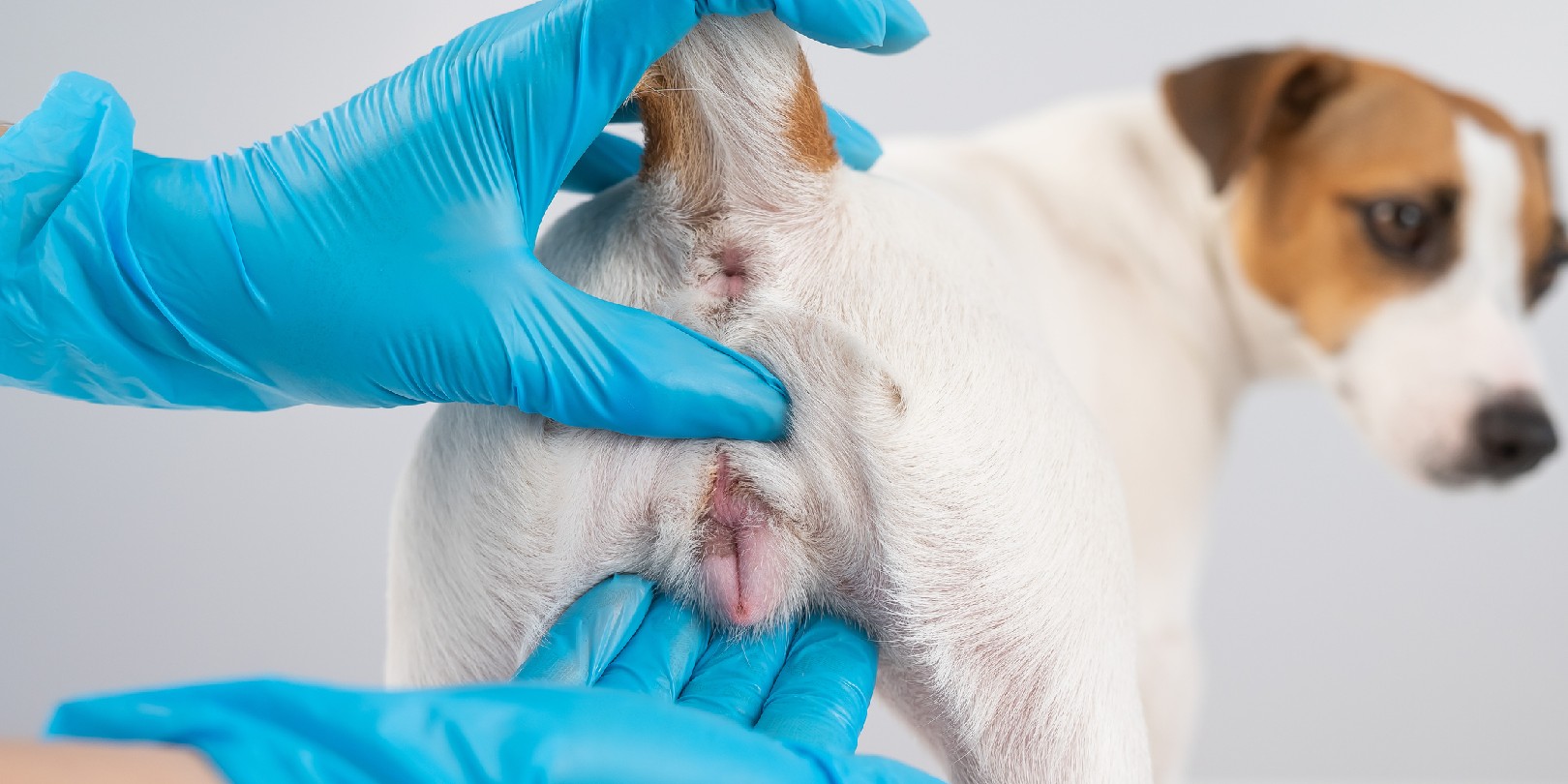Why Do Dog’s Anal Glands Fill Up and How to Properly Express Them

As a dog owner, it’s natural to want to ensure your furry friend is happy and healthy. While you may be diligent about feeding them a nutritious diet and taking them for regular walks, you may not be aware of an important aspect of their health: anal glands. These small sacs, located just inside your dog’s rectum, play a vital role in your dog’s communication and territorial marking. However, when they become impacted or infected, they can cause a range of uncomfortable symptoms for your dog. In this blog, we’ll delve into why dogs’ anal glands fill up and how to properly express them to keep your furry friend healthy and comfortable. From signs of impacted anal glands to steps for expressing them, we’ll cover everything you need to know to ensure your dog’s anal glands stay in good working order.
Why Do Dog’s Anal Glands Fill Up?
Anal glands fill up for several reasons. The most common cause is a lack of natural emptying, which can occur due to a variety of factors. Some dogs naturally have weaker muscles in their anal glands, making it harder for them to empty on their own. Other dogs may have an underlying medical condition, such as allergies, that can cause inflammation and make it harder for the glands to empty. Additionally, stress and anxiety can also lead to a buildup of anal gland fluid.
What Are the Signs of Impacted Anal Glands?
When a dog’s anal glands become impacted, it can cause a range of uncomfortable symptoms. If you notice your dog scooting or dragging their bottom on the ground, that’s one sign. If you see them licking or chewing at their rear end or if a foul odor coming from the rear end, that’s another. Other symptoms include noticing swelling or redness around the anus, discharge or bleeding from the anus, and difficulty sitting or standing.
If you notice any of these symptoms, it’s important to take your dog to the veterinarian for an exam. Impacted anal glands can lead to more serious issues if left untreated, such as infection, abscesses, and even sepsis.
How to Properly Express Your Dog’s Anal Glands
While you can take your dog to a groomer or veterinarian to have their anal glands expressed, many pet owners choose to do it themselves at home. However, it’s important to understand that expressing anal glands can be tricky and potentially dangerous if not done correctly. Here’s how to properly express your dog’s anal glands:
Gather Your Supplies
Before you begin, make sure you have all the necessary supplies. You’ll need gloves, a clean towel or dog wipes, and some lubricant, such as petroleum jelly.
Position Your Dog
Position your dog in a way that allows you to access its anal glands easily. Some pet owners find it helpful to have another person hold the dog steady while they express the glands.
Locate the Glands
Wearing gloves, gently lift your dog’s tail and locate the glands on either side of its anus. They will feel like small, pea-sized sacs.
Express the Glands
Using your thumb and forefinger, apply gentle pressure to the glands and squeeze out the fluid. Be careful not to apply too much pressure, as this can cause injury or infection.
Clean Up
After expressing the glands, use a clean towel or dog wipes to wipe away any excess fluid. Be sure to dispose of any used supplies properly.
Conclusion
Anal glands are a regular part of a dog’s anatomy, but they can cause problems if they become impacted or infected. Understanding why anal glands fill up and how to properly express them can help keep your furry friend healthy and comfortable. If you notice any signs of an impacted anal gland, be sure to take your dog to the veterinarian for an exam. And if you’re not comfortable expressing your dog’s glands yourself, don’t hesitate to seek the help of a professional dog groomer or veterinarian.
